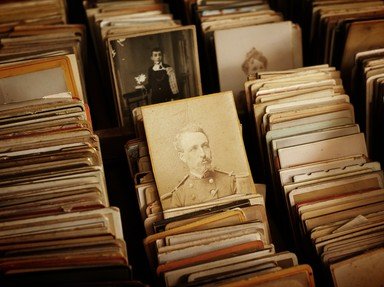Quiz Answer Key and Fun Facts
1. Created the first man-made plastic
2. Founder of American Red Cross
3. Played a key role in discovering the structure of DNA
4. Broke the German WWII Enigma codes
5. Invented the stethoscope
6. First woman to run for President of the United States
7. Inventor of the electric guitar
8. Invented the alternating current (AC) electricity supply system
9. Early pioneer of antiseptic procedures
10. Let his land be used for the 1969 Woodstock festival
Source: Author
zambesi
This quiz was reviewed by FunTrivia editor
bloomsby before going online.
Any errors found in FunTrivia content are routinely corrected through our feedback system.

